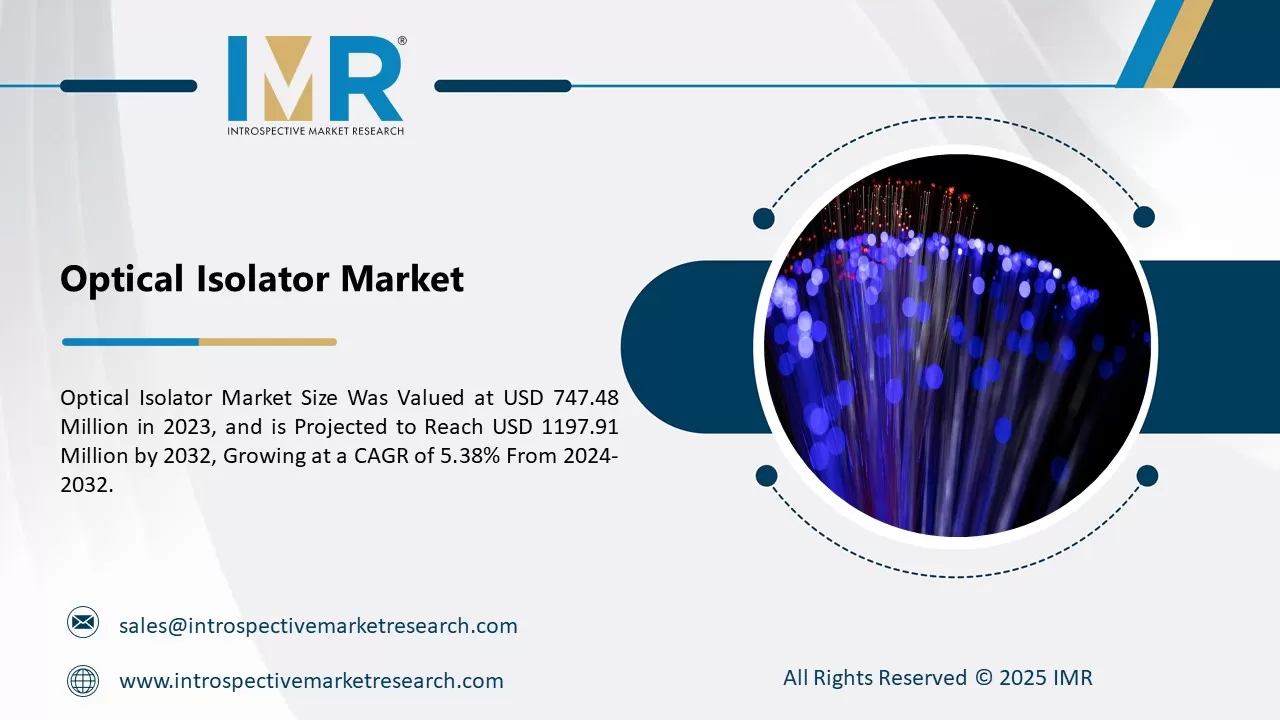
Market Size ? USD 781.92 Million in 2021, Market Growth - CAGR of 8.6%, Market Trends ?the increasing demand from electronics industry is widening the scope for Phytosterols Market.
According to the current analysis of Introspective Market Research, the global Phytosterols Market was valued at USD 781.92 Million in 2021 and is expected to reach USD 1,393.06 Million by the year 2028, at a CAGR of 8.6%.
Phytosterols are a group of naturally occurring steroid compounds found in plant cell membranes. They are not synthesized by the human body and thus, are supplied through diet. Moreover, 250 phytosterols have been obtained from different plants and each plant species contains a characteristic phytosterol composition. They are found in both edible and ornamental plants, including herbs, shrubs, and trees but unrefined plant oils derived from sesame, safflower, soybeans, peas, almonds, macadamia, and olive are a rich source of phytosterols.
Phytosterols are structurally similar to animal cholesterol molecules thus when consumed they compete with the low-density lipoprotein (LDL) cholesterol or bad cholesterol for absorption in the digestive system. As a result, the absorption of LDL cholesterol is blocked or reduced, thus the blood cholesterol level drops. The increasing health-conscious population and the inclination towards plant-derived products are driving the growth of the phytosterols market. Scientific studies have shown that phytosterols and their derivatives have several pharmacological properties, including human health-promoting abilities. Antioxidant, antiulcer, antibacterial, and antifungal are some important characteristics shown by phytosterols. Phytosterols enhance the wound healing process and inhibit platelet aggregation thus, supporting the development of the phytosterol market during the forecast period. Recent studies have shown that phytosterols are effective in lowering cancer risks by 20%. They do this by inducing apoptosis in tumor cells and inhibiting the metastasis process. The anti-cancer and anti-atherosclerotic property of phytosterols is getting popular among individuals.
Campesterol, beta-sitosterol, and stigmasterol are the most common phytosterols one can get from diet. Stigmasterol and its derivatives play a vital role intermediate role in the synthesis of vitamin D3. Vitamin D3 helps in preventing bone disorders such as rickets and osteomalacia. Beta-sitosterol is widely utilized as an additive in beverages and dairy products. It is also consumed to reduce body fat. Campesterol has anti-inflammatory properties, which can treat inflammation of the prostate gland known as benign prostate hyperplasia. It can also be given to individuals suffering from osteoarthritis, characterized by mild inflammation, cartilage destruction, and joint pain. Campesterol can also be effective in inflammatory conditions such as fibromyalgia, allergies, and sinusitis.
Phytosterols Market is segmented, by Source (Legumes, Vegetable Oil, Cereals, And Others), Type (?-Sitosterol, Campesterol, Stigmasterol, Brassicasterol, Avenasterol, and Others), Extraction Process (High-Performance Liquid Chromatography, Thin Layer Chromatography, and Others), Application (Dairy Products, Pharmaceuticals, Beverages, Bakery and Confectionary, Processed Food, Cosmetics, Feed, and Others), and region.
Some key market players in the phytosterol market are Archer Daniels Midlands (U.S), Cargill Incorporated (U.S), Pharmachem Laboratories INC. (U.S), BASF SE (Germany), E.I. DuPont de Nemours INC. (U.S), Raisio PLC (Finland), Arboris LLC (U.S), Unilever (U.K), Gustav Parmentier GmbH (Germany), Bunge Limited (U.S), Nikko Chemicals Co. Ltd (India), Pioneer Enterprise (India), Herbo Nutra (India), Berkshire Hathaway Inc. (U.S), Merck KGaA (Germany), and Others.
Regional Outlook (Revenue in USD Million; Volume in Units, 2021-2028)
- North America
- U.S.
- Canada
- Mexico
- Europe
- Germany
- France
- UK
- Italy
- Turkey
- Rest of Europe
- Asia Pacific
- China
- India
- Japan
- South Korea
- Indonesia
- Vietnam
- Thailand
- Rest of Asia-Pacific
- Middle East & Africa
- Saudi Arabia
- South Africa
- Iran
- Rest of MEA
- Latin America
- Brazil
- Argentina
- Rest of LATAM




